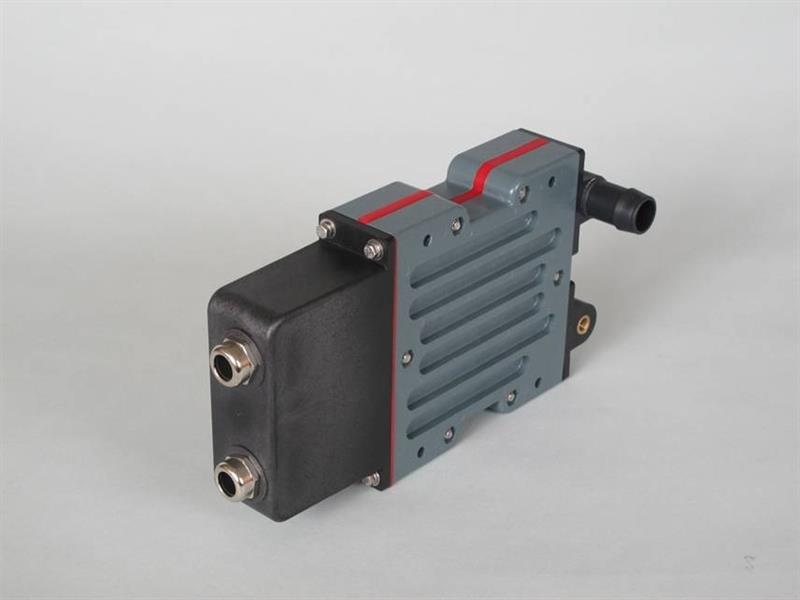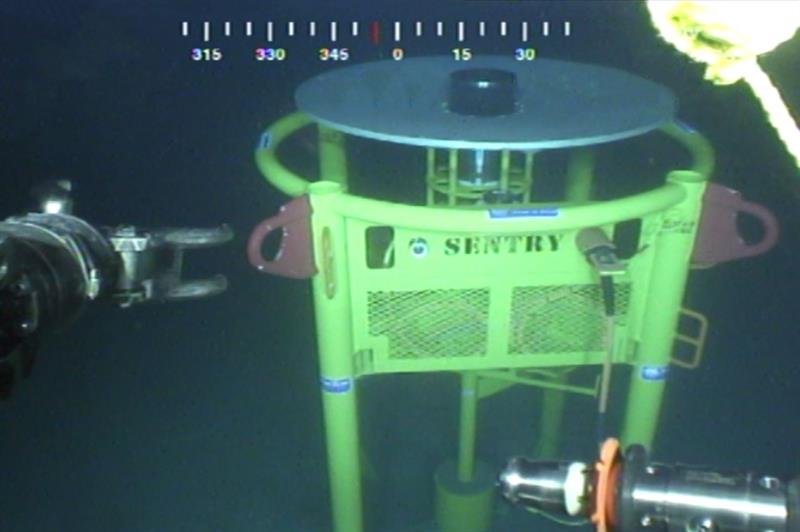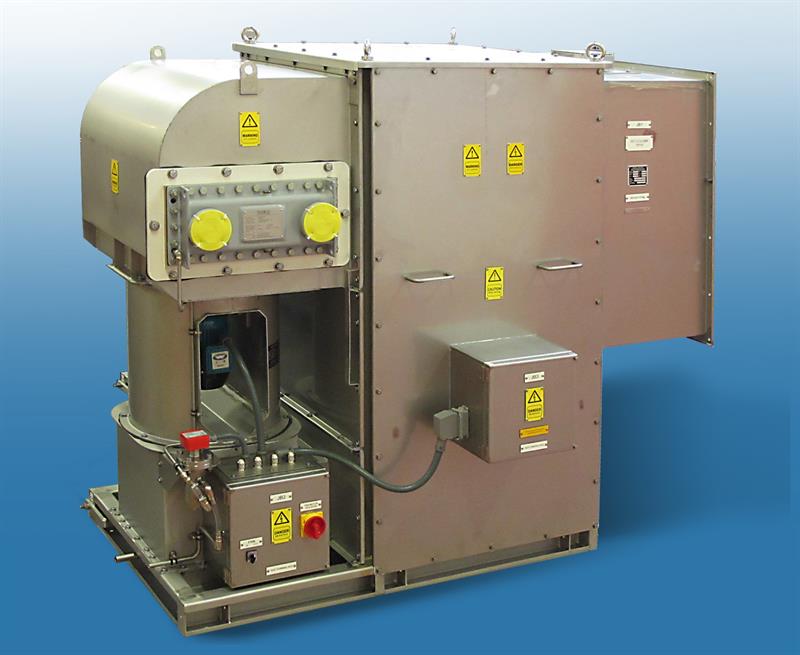Energy market researcher GlobalData reports that 30 new crude oil and natural gas projects are expected to start operating in the North Sea over the next three years. The UK is expected to lead the resurgence of these projects, with twenty planned for the UK sector, nine in Norway and one in Denmark.
The engineering challenges this poses are numerous, as every 10 metres of depth underwater is thought to be the equivalent of approximately one extra atmosphere. This means that, at full ocean depth, anything that cannot stand the pressure must be housed in something that will withstand 1,100 times atmospheric pressure, or approximately 11,000 tonnes per square metre.
Similarly to the aerospace and machine tooling industries, design engineers and original equipment manufacturers (OEMs) in the oil and gas sector are moving from traditional hydraulic actuation systems, which have been known to develop oil leaks over extended periods of time, and instead integrating electro-mechanical actuation systems.
According to Graham Mackrell, managing director of gearing specialist Harmonic Drive UK: “Gearing based electrical actuation is more economical, ecological, controllable and reliable than the hydraulic actuation systems commonly used in the gas and oil industry. The high single stage ratio of Harmonic Drive gears results in a compact unit with a very high torque-to-volume and torque-to-weight relationship.
When used downhole, the annular design of the gear allows optimal use of the available space with the addition of a hollow shaft making it possible for the application to cope with the extreme operating pressures, encountered in deep-sea extraction.
Another company with extensive experience in the oil and gas sector is subsea engineering specialist Sonardyne International. Recently, a major US oil company is set to reinforce its deep-water offshore asset integrity assurance in the US Gulf of Mexico with the aid of a sonar monitoring system provided by Sonardyne.
The system, Sonardyne’s wide-area Sentry Integrity Monitoring Sonar (IMS) (Pictured below), has been deployed on the seafloor at more than 2,000 metres (6,500 feet) water depth. Sentry IMS, which can be installed short-term or permanently, is able to detect, classify and localise subsea releases of hydrocarbons from either the seafloor or oil and gas field production infrastructure.

In this latest deployment, Sentry is being deployed under a six-month trial that will demonstrate its ability to provide real-time subsea asset monitoring. The Sentry sonar head, which is mounted on a seafloor lander, is connected into an existing power and communication umbilical to a floating production facility. During operation, inbuilt intelligence using algorithms developed by Sonardyne continuously assess the sonar data gathered by Sentry and generate near real-time automatic alerts of any hydrocarbon seeps detected in the water column.
As part of the trial deployment, simulations of an oil plume in the water were created, using nitrile-fibre strands, proving fast and accurate detection and classification of the equivalent release of 100 barrels/day of oil out to 244 metres, a distance only constrained by the trial environment. This was achieved within seconds of the simulated leak occurring. Sentry’s capability, however, covers 100 barrels/day mono-phase oil leaks at distances of up to 740 metres. For mono-phase gas leaks, the system is capable of detecting down to just 1 barrel/day at 500 metres or 100 barrels/day (as measured at depth) at 1,000 metres.
Uniquely, Sentry is able to accurately localise leaks, unlike other systems on the market. Its titanium housing and ROV-deployable design also makes Sentry an ideal choice for deep-water asset integrity monitoring.
This latest deployment follows battery-powered deployments of the Sentry system by other major international and independent operators, in the US Gulf of Mexico and offshore Papua New Guinea. Sentry has also been used in the UK, where it demonstrated its ability to detect carbon dioxide leaks from the seafloor as part of an offshore carbon capture and storage (CCS) demonstration project.
Stephen Auld, global business manager for asset integrity monitoring at Sonardyne, says, “For deep water, hard to access fields, robust field management philosophies are essential for operators to assure the ongoing integrity of their systems. Having access to reliable near real-time warning systems that are able to identify and locate sources of leak events, should they happen, is a significant benefit to both the environment and offshore exploration and production companies.”
The design of equipment such as power resistors for demanding environments like oil and gas also poses a number of challenges.
With the rise of electrical drive systems, power resistors are now commonly used in offshore drilling, particularly on mobile rigs and marine vessels of all types. When electric motor driven machinery is stopped, the braking energy needs to either be put back into the power supply or dissipated as heat. However, the sheer size and force of drilling in marine applications means power resistors need to be extremely reliable, rugged and durable.
Power resistors can be used on oil rigs in the main drives that move the drill up and down. In an environment where space is limited, and time is money, the rapid deceleration of the drill is essential and drive overvoltage protection is a key part of the process. 
Two years ago, Cressall started work on an ENSCO 120 project in the North Sea. The company supplied four forced air-cooled braking resistors for the drives system of the rig. Each resistor has a 1200kW capacity and the enclosures, fittings and fan are constructed from type-316 stainless steel, which is perfectly suited to outdoor use. As is the case with all Cressall fan cooled resistors, the cable box is IP56 rated and comes complete with an automatic anti-condensation heater, a PT100 temperature sensor and an airflow sensing switch.
Water cooled resistors are sometimes preferred when an existing water supply and water system are already in place. This was the case with a project that involved several BOA SUB C vessels, for which Cressall provided braking resistors to be used in winches and cranes.
The Offshore Subsea Construction Vessels (OSCV) in question had a control system upgrade and required a new range of resistors. Cressall supplied sea water cooled braking resistors, which were housed on deck in a small fabricated building. The capacity varied between 300 and 400kW and fitted in perfectly with the existing electrical drive system, replacing the less reliable gearbox system that had been in placed previously.











